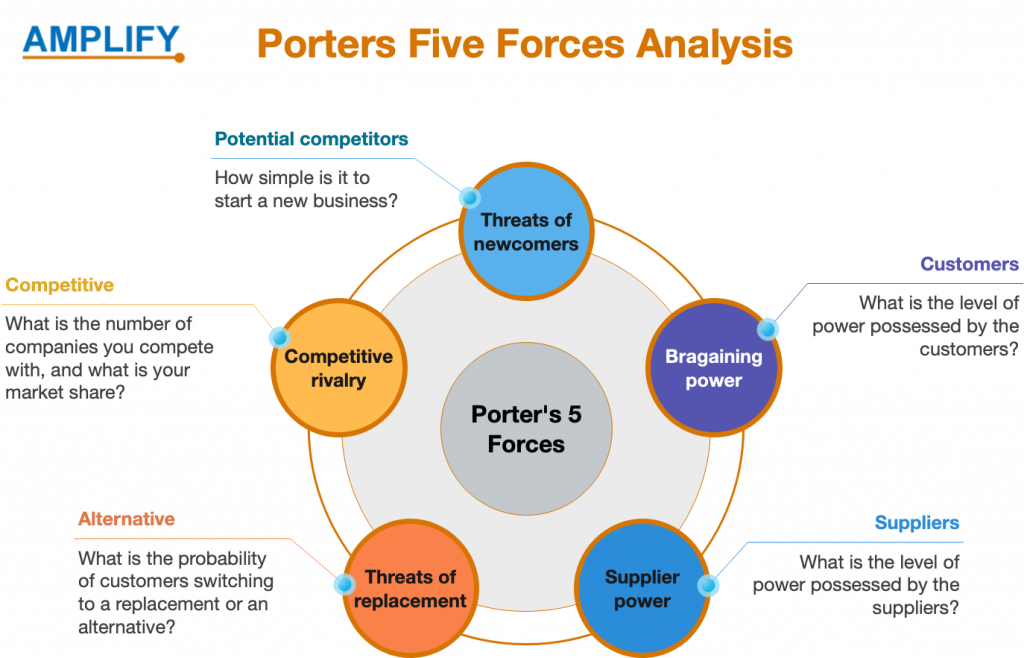Generative AI in Retail: Transforming the Future of Customer Experience and Operations
Retailers are swiftly adopting Generative AI in Retail to spur growth and innovation. This technology holds transformative potential for the retail industry. By leveraging generative AI, retailers can explore new opportunities, streamline operations, and offer personalized customer experiences. The time to act is now—those who embrace these advancements will gain a competitive edge. Generative AI is paving the way for a new era of efficiency and customer engagement. As the retail landscape evolves, rapid adoption is crucial for long-term success. Is your business ready to adapt?

The Power of Generative AI in Retail
Generative AI offers immense value to the retail sector, potentially unlocking up to $390 billion. Since late 2022, retail leaders have recognized this potential, with AI mentions soaring in earnings calls. However, despite widespread testing, few have fully scaled the technology. In a recent survey, 90% of retailers are experimenting with generative AI, yet only two have achieved organization-wide implementation.
Overcoming Scaling Challenges
Scaling generative AI in retail demands significant changes. Retailers must enhance technical capabilities, address data quality issues, and close talent gaps. Privacy concerns and costs present additional obstacles. Still, the potential rewards make these challenges worth overcoming.
McKinsey survey findings:
In April 2024, McKinsey surveyed 52 global Fortune 500 retail executives to assess their progress with generative AI. Our findings reveal that 90% of retailers have begun experimenting with generative AI solutions, with many scaling priority use cases. These efforts have positively impacted their broader AI initiatives, with two-thirds planning to increase focus on data and analytics.
Sixty-four percent of executives report piloting generative AI to enhance their internal value chains, and 26% are scaling these solutions. Additionally, 82% have explored AI use cases to reinvent customer service, with 36% already scaling solutions in this area.
The availability of off-the-shelf generative AI tools has increased, and 60% of retailers are using ready-made platforms. However, adoption in procurement and commercial areas remains lower, at 18% and 25%, respectively. As the market matures, adoption is expected to rise, with two-thirds of retailers planning to boost their generative AI budgets next year.
Meanwhile, 10% of retailers are taking a cautious approach, planning to integrate AI later due to concerns over expertise, data quality, privacy, and implementation costs. Despite these challenges, the overall outlook for generative AI in retail is highly promising.
Transforming Internal Operations
Generative AI notably enhances productivity across the entire retail value chain, including marketing and in-store operations. For instance, Amazon’s AI-powered image generation tool has not only improved ad click-through rates by up to 40% but has also revolutionized how products are visually marketed. Likewise, Mercado Libre’s AI “copilots” have successfully reduced software development time by 60%, thereby enabling employees to shift their focus toward more valuable and strategic tasks.
Enhancing the Customer Experience
Generative AI is revolutionizing the customer experience by engaging customers throughout their journey. AI-powered chatbots offer personalized recommendations, streamline shopping, and improve overall satisfaction. Retailers adopting these tools can transform the customer experience, driving loyalty and sales.
The Path to Scaling Generative AI
Retailers ready to scale generative AI should focus on domain-specific transformations. Critical steps include upskilling talent, forming cross-functional teams, and ensuring data quality. Additionally, selecting the right technology architecture and AI tools will enable retailers to scale effectively.
As generative AI continues to evolve, the stakes are high. Retailers who successfully scale this technology will not only improve operational efficiency but also redefine customer engagement, securing a competitive advantage in the evolving retail landscape.




















